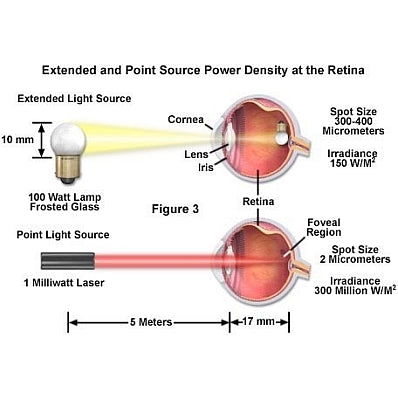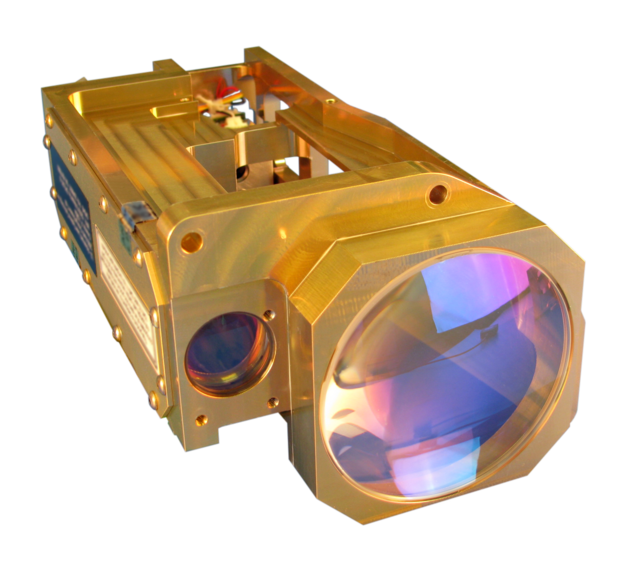Handy News To Selecting A Safe Laser Treatment
Handy News To Selecting A Safe Laser Treatment
Blog Article
What Can Low-Level Safe Laser Therapy (Lllt) Assist With Ulcerative Wounds?
Secure Laser Low Level Laser Therapy (LLLT) is used to treat ulcerative wounds in a variety of ways. It boosts fibroblast activity collagen synthesis, and angiogenesis (formation of new blood vessels), which are essential procedures for wound healing. This can help promote faster healing of ulcerative wounds.
The reduction of inflammation LLLT creates anti-inflammatory effects via the inhibition of the release of proinflammatory cells. LLLT can be effective in reducing the severity of ulcerative wounds where inflammation can cause tissue damage and delay healing.
Pain Relief LLLT alters the perception of pain by affecting nerve conduction and decreasing the release of pain-related mediators like substance P. In wounds that are ulcerative, that can cause extreme discomfort and pain, LLLT can help alleviate discomfort and improve the overall experience of the patient.
Improved Circulation LLLT enhances vasodilation, microcirculation and blood flow. Improved Blood Circulation - LLLT boosts blood flow to the wound through the delivery of oxygen and nutrients.
LLLT's antimicrobial effect can decrease the risk of infection for injuries caused by ulcers. LLLT promotes bacterial clearance which reduces wound infections.
The reduction of Scar formation LLLT can help reduce the formation of scars on wounds caused by ulcers by encouraging proper tissue regeneration and the remodeling. LLLT increases collagen production and helps align collagen bundles, resulting in a more solid, organized scar. This results in better aesthetic results.
Overall low-level Laser Therapy using safe Laser is a safe and non-invasive way to treat wounds that are ulcerative. It promotes faster wound healing, reduces the pain and enhances overall outcomes for wounds. It's best to consult a healthcare provider for the proper treatment and care of ulcerative wounds before using LLLT. Read the most popular safe laser for more tips including lágy lézer, otthoni lézer kezelés, mozgásszervi problémák, otthoni lézer kezelés, lágylézer készülék bérlés, lágylézer kezelés, orvosi lágylézer, lézer kezelés hatása, mozgásszervi problémák, lézer kezelés hatása and more.
How Can Low-Level, Secure Laser Therapy (Lllt) Help Treat Ear Problems?
Safe Laser Low-Level Laser Therapy (LLLT) is able to aid in ear problems in several ways. LLLT may help reduce inflammation in conditions like otitis (inflammation of outer ear canals) and Otitis (middle ear infections).
Pain Relief- LLLT modulates pain perception by altering nerve conduction and also reducing the release of pain causing agents such as substance P. For ear problems such as otitis media, or headaches, LLLT can help alleviate discomfort and pain, offering relief for individuals experiencing ear-related discomfort.
LLLT can promote tissue healing by increasing the rate of tissue repair. LLLT aids in faster healing of tissues damaged that are affected by conditions like otitis eardrum ruptures, or otitis.
Improved Circulation – LLLT promotes microcirculation by increasing vasodilation. This improves blood flow to the ear tissues. The improved circulation assists in delivering nutrients and oxygen to the injured or inflamed tissue. This aids in healing.
Tinnitus Management LLLT is being investigated as a potential treatment option for Tinnitus. Tinnitus is characterized by ringing and buzzing in the ear. While the exact mechanism of LLLT isn't known, it may increase blood flow to the auditory system, and also reduce inflammation, resulting in reduced tinnitus.
Reduction of Earwax Buildup- LLLT can aid in reducing and softening earwax (cerumen) accumulation in the ear canal, making it easier for removal and decreasing the possibility of ear blockage or infection. This is especially beneficial to people who are susceptible to an excessive amount of earwax production, or have earwax blockage.
It is safe Laser low-level therapy offers an effective and non-invasive method of treating a variety of ear conditions, alleviating symptoms such as inflammation pain, and earwax. It is important to consult an expert in ENT to determine the cause and recommended treatment before making use of LLLT. Read the top
safe laser bérlés for website info including lágylézer vásárlás, lágylézeres készülék, lágy lézer, safe laser kezelés budapest, lagy lezer, lágylézer bérlés, safe laser használata, lagy lezer, lezeres kezeles, lágylézeres készülék and more. 
What Is The Time Frame Before A Secure Laser Device Has An Effect On Healing Wounds?
Safe Laser's low-level therapy (LLLT), which promotes wound healing, can produce various outcomes based on factors like the nature and severity and health of the patient and the responses to treatment. Generally, a series of LLLT for a certain time is recommended for optimal wound recovery.
Type and SeverityThe severity and the type of the injury will affect the number of LLLT sessions needed. Smaller, less severe wounds may require fewer sessions as compared to larger and more serious wounds. In addition, chronic wounds and injuries that are a result of health issues might require more sessions to get the best healing.
The amount of LLLT sessions required is affected by the stage at where the wound is healing. Treatment can differ based upon the level of wound healing. LLLT can be used to promote tissue regeneration and repair at all stages of wound healing.
The individual's response to treatment Factors such as immune status, health, and healing ability can affect how a patient reacts to LLLT. Some individuals will respond more quickly to the treatment and have quicker healing of wounds, while other might require a longer duration of treatment.
Treatment Protocol – The treatment regimen recommended by a medical professional will be a key aspect in determining how many LLLT sessions are needed to promote wound healing. Healthcare providers can create customized treatment plans to suit the individual. This may include scheduling LLLT at different times each week for a specified period of duration.
While some individuals may experience improvement in wound healing after just one or two LLLT sessions, others may require more extensive treatment to get the best results. If you're looking to fully reap the benefits of LLLT to heal wounds, it's essential that you follow the instructions of an expert. Additionally, it's important to monitor the progress of the wound and talk to the healthcare professional to ensure the proper treatment of the wound and any adjustments needed to the therapy plan are made.